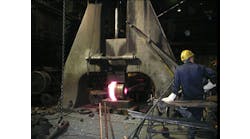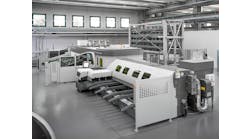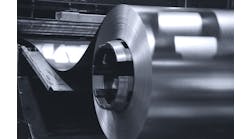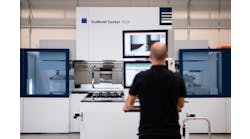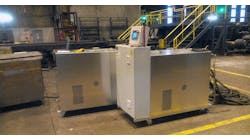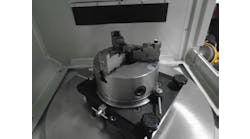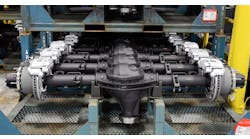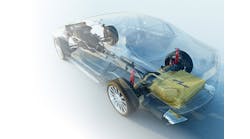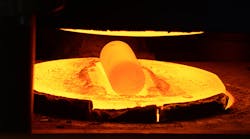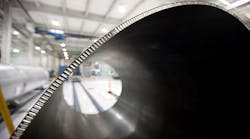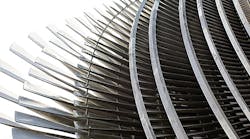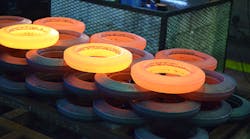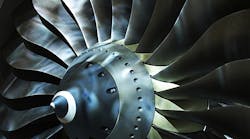The Lightweight Innovations for Tomorrow (LIFT) program initiated its fifth research program involving manufacturing parts for transportation, this one dedicated to developing a database and computer models that will predict corrosion in aluminum alloys, particularly in airplanes. LIFT is a public-private partnership launched in 2014 under the aegis of the U.S. Department of Defense to coordinate industrial and academic interests to develop and deploy manufacturing technologies for lightweight metal products.
Previous LIFT programs have focused on ductile iron, aluminum diecasting, aluminum-lithium alloys, and modeling titanium products design and development.
The latest project will draw together researchers at The Ohio State University and United Technologies Research Center, working with Lockheed Martin, DNV GL (an international certification body), and the University of Michigan.
“Our role is identifying innovations that are ready to make the jump from the lab to production, then leveraging the right expertise and resources to deliver results,” stated LIFT’s chief technology officer Alan Taub. “It’s exciting to see all the potential we have to transform lightweight metal manufacturing, and to help move those technologies into production.”
Taub noted that presently engineers working to combat corrosion are forced to use experience and expensive, labor-intensive testing to identify how manufacturing processes (heating, forming), and actual use affect the corrosion-resistance of a specific part.
“Identifying a new database and models will improve the ability of laboratory computer simulations to predict corrosion based on the microstructure of every area of a finished component,” according to Taub.
Rudy Buchheit, OSU associate dean and professor of Materials Science and Engineering, and a project investigator, explained a two-phase plan to building predictive computer models. “First, we will use a well-characterized system to ensure all the essential components are included,” he said.
“We will then extend our work to test one of these newer alloys after they have been shaped in various ways,” he continued. Those results will allow us to build a new materials properties database with very precise information about metal microstructure and corrosion.”
Taub explained that that the research will concentrate on classes of alloys of aluminum widely used in aircraft parts manufacturing, including alloys with copper, lithium, magnesium, manganese, and zinc. “There is a potential for weight reduction if parts can be made thinner without compromising performance due to corrosion after significant time in service,” he added.
“We’ve come a long way from applying a coat of paint to prevent steel from rusting, but there is still a lot to learn about the way shaping a part from one of the new aluminum alloys affects the way it corrodes once it is put to use,” according to Kenneth Smith, the project’s principal investigator and a staff engineer for Materials Chemistry, at UTRC. “Using sophisticated computer simulations provided by LIFT will save design time and weight as we incorporate more of these metals into aircraft and other forms of transportation.”
John Allison, professor of Materials Science and Engineering at the University of Michigan, and one of the project investigators, said, “What we already know and what we will learn during the course of this project will be captured in advanced computer models that can be used by our industry partners to take into account everything from the original microstructure of the alloy to the very localized effects of every bend, squeeze or stretch of the manufacturing processes that create a finished part.”

